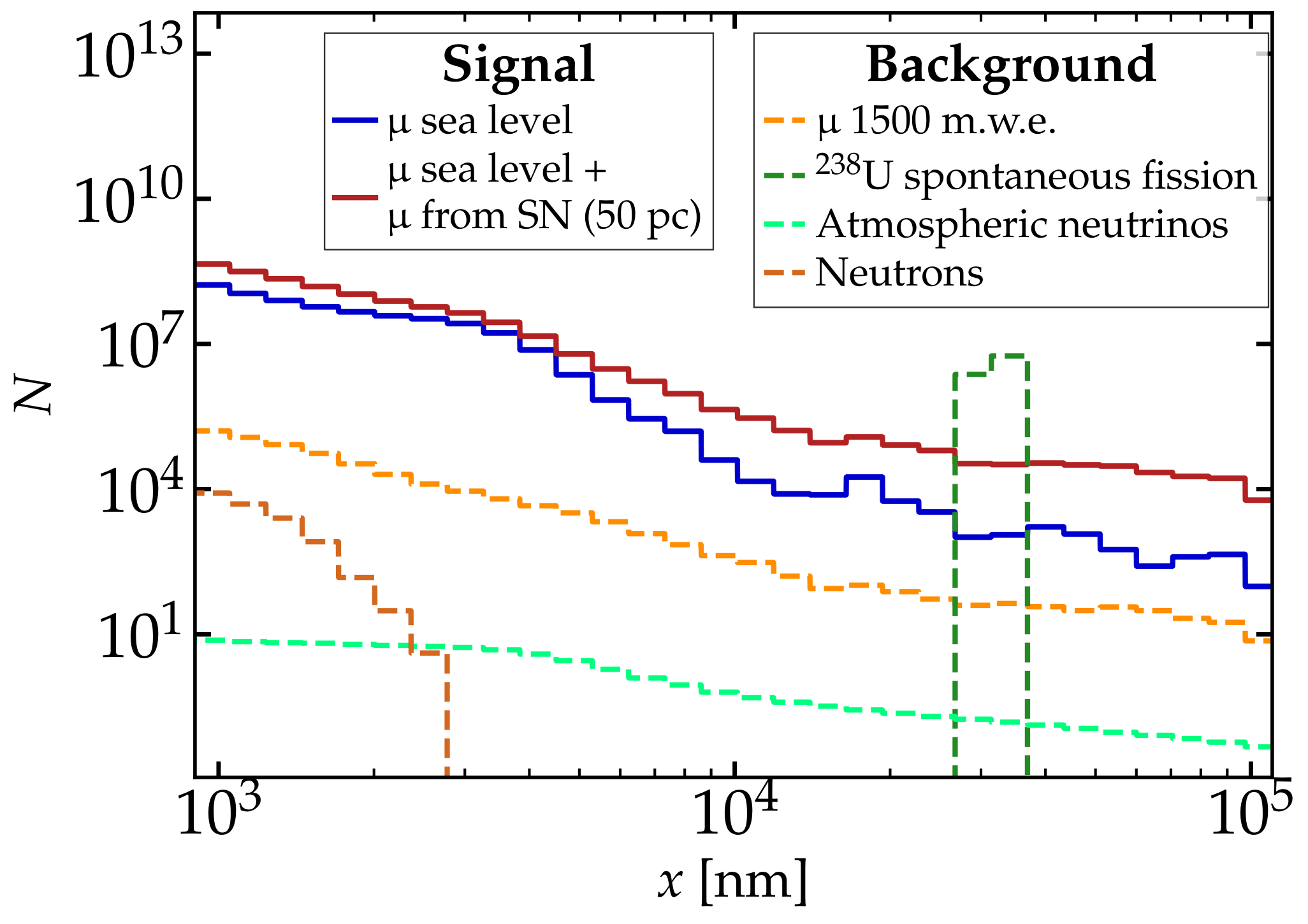Catching cosmic messengers with minerals: techniques and challenges for paleo-detectors
par
Amphi Recherche
The paleo-detector technique represents an innovative approach in the field of astroparticle physics, offering insights into ancient and rare events through the study of natural materials. Unlike conventional detectors, which detect particle interactions in real-time, paleo-detectors investigate the traces left behind in the past in minerals by throughgoing high-energy particles. These traces, in the form of ionization tracks or radiation-induced defects, serve as records of past cosmic ray or neutrino interactions. The ancient minerals serve then as cosmic archives which we can consult using modern techniques such as microscopy and spectroscopy, to try and reconstruct the ancient fluxes of cosmic messengers and exotic particles. This technique holds promise for a wide range of applications, including the study of supernovae, the sun’s history, and variations of cosmic ray fluxes over geological timescales. Furthermore, paleo-detectors offer a unique opportunity to probe fundamental physics phenomena, such as the nature of dark matter or the properties of neutrinos, by examining their accumulated interactions in the Earth's crust over billions of years. In this seminar, I will present the technique in general and a specific application to the study of the cosmic ray flux in the past thanks to a peculiar geological event, the Messinian salinity crisis.

